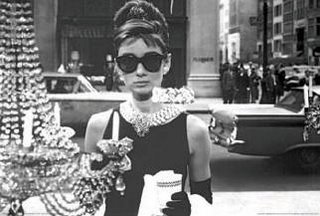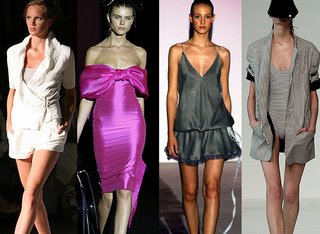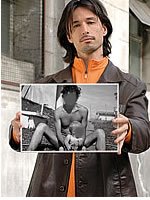 SHE BANGS THE DRUMS (1989)
SHE BANGS THE DRUMS (1989)
I can feel the earth begin to move
I hear my needle hit the groove
And spiral through another day
I hear my song begin to say
Kiss me where the sun dont shine
The past was yours
But the futures mine
You're all out of time
I don't feel too steady on my feet
I feel hollow I feel weak
Passion fruit and holy bread
Fill my guts and ease my head
Through the early morning sun
I can see her here she comes
She bangs the drums
Have you seen her have you heard
The way she plays there are no words
To describe the way I feel
How could it ever come to pass
Shell be the first shell be the last
To describe the way I feel
The way I feel
Have you seen her have you heard
The way she plays there are no words
To describe the way I feel
 How could it ever come to pass
How could it ever come to pass
Shell be the first shell be the last
To describe the way I feel
The way I feel
Have you seen her have you heard
The way she plays there are no words
To describe the way I feel
How could it ever come to pass
Shell be the first shell be the last
To describe the way I feel
The way I feel
 La modelo Heather Bratton murió el pasado sábado en un accidente de autos luego de una sesión de fotos.
La modelo Heather Bratton murió el pasado sábado en un accidente de autos luego de una sesión de fotos.




























